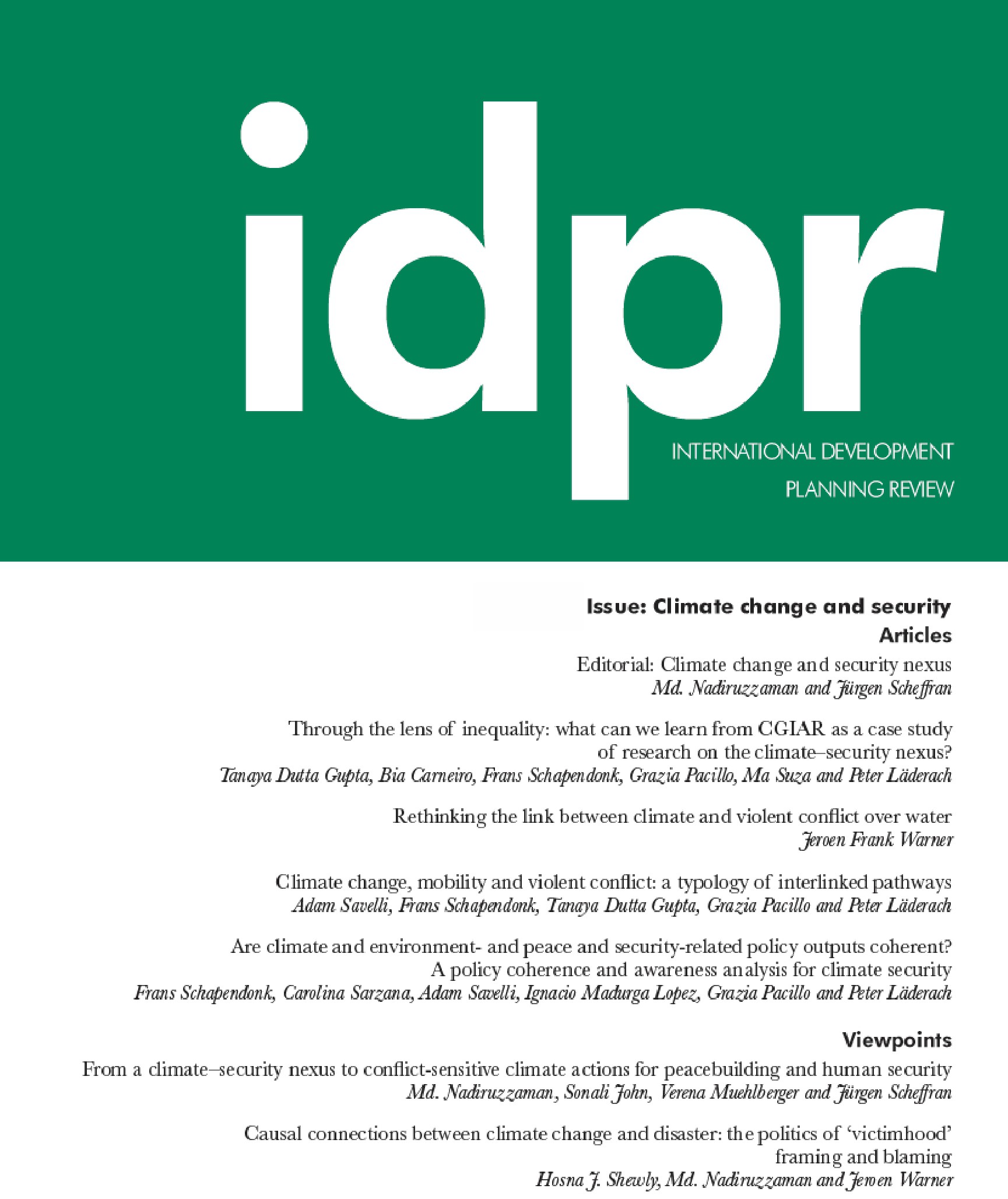THE DEBATE ON POLYGAMY & THE LAWS IN INDIA: AN ANALYSIS
Abstract
It has been sufficiently established that polygamy as a form of practice has been a menace in society. Several countries have reformed their respective laws to maintain the law and order of the society. India as a democracy suffers due to the conflict of laws. Polygamy is an archaic practice which is like an umbrella for several other outrageous practices like child marriage, disputes over maintenance, contests of inheritance and many other legal implications arising out of polygamy alone. This article discusses the nuisance of polygamy with various case laws proving that polygamy conventionally violates the basic human rights of a woman, frustrating the tenets of the Universal Declaration of Human Rights 1948 (UDHR). This article further identifies the various conflicts and laws arising in India by discussing the scope and ambit of such laws. Religion and personal laws cannot be separated from each other as they are interlinked with one another. Therefore, the personal laws and the decisions of the court can be recognized as precedents as has been highlighted in the article. Subsequently, the conflict of laws dealing with outdated practices like polygamy is thoroughly analysed with the help of case laws in India. The article calls for a reconsideration of the rules governing the practice of polygamy under the Muslim Personal Law Section 2 of the Shariat Act, 1937 with insights and discussions over Articles 14, 15, 21,25 of the Constitution, Section 198 of the Code of Criminal Procedure, Sections 494 and 495 of the Indian penal Code, sections 5(i), 11, 17 of the Hindu Marriage Act, with its underlying case laws and the Indian Evidence Act.
Keywords: Personal laws; Polygamy; Section 494 Indian Penal Code, Muslim Personal Law; Gender Equality.






